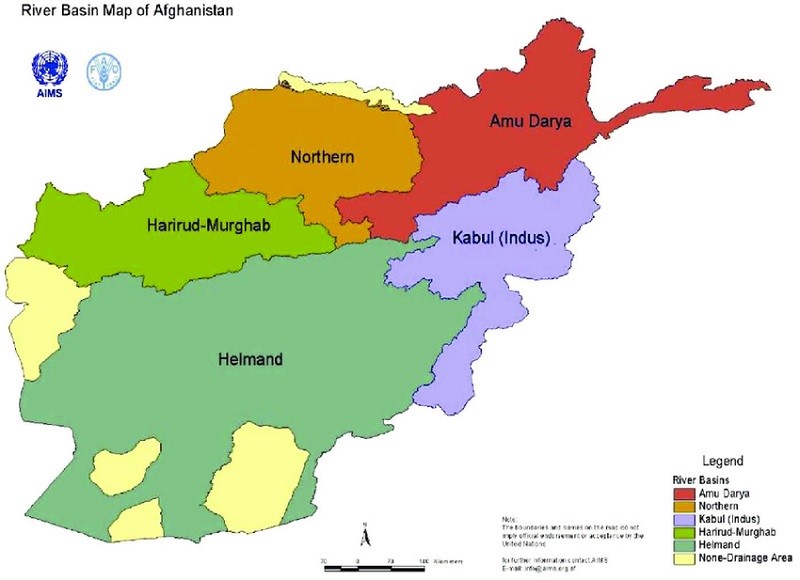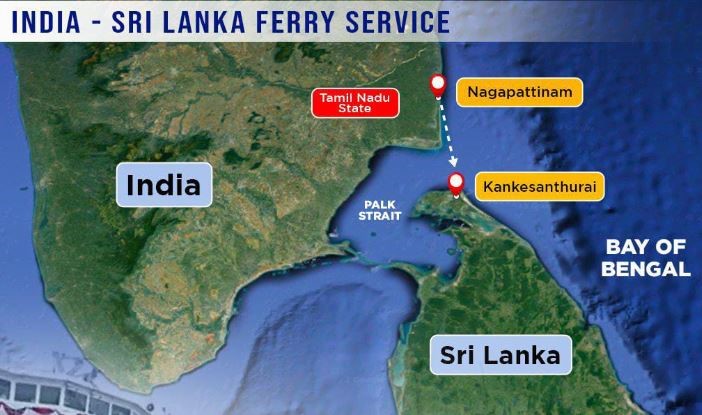A new study has revealed interesting insights about water in Afghanistan, which has suffered recurrent droughts since the 1990s.

|
Major river basin |
Location |
About |
|
Harirod- Murghab River Basin |
Afghanistan, Iran and Turkmenistan. |
|
|
Helmand River Basin (HRB) |
Afghanistan and Iran |
|
|
Kabul River Basin |
Afghanistan and Pakistan
|
|
|
Northern River Basin (NRB) |
Afghanistan |
|
|
Panj- Amu River Basin |
Afghanistan, Kazakhstan, Tajikistan, Turkmenistan, Uzbekistan and to lesser extent shared by China and Pakistan |
|
References
India to grant full renovation cost of Kankesanthurai Port in northern Sri Lanka
|
Historical sites |
About |
|
Naguleswaram temple |
It is one of the Pancha Ishwarams dedicated to Lord Shiva |
|
Keerimalai springs |
It is adjacent to Naguleshwaram temple, they believed to possess healing properties. |
|
Maviddapuram Kandaswamy Temple |
It is located south of the harbor. |
|
Kankesanthurai fort |
It was built by Dutch and is a testament to the colonial history of the region. |
|
Kankesanthurai lighthouse and beach |
The lighthouse is damaged due to Sri Lankan civil war. |

References
DRDO successfully flight tested the Supersonic Missile-Assisted Release of Torpedo (SMART) system from Dr APJ Abdul Kalam Island off the coast of Odisha.
Canister-based missiles are a type of missile system where the missiles are stored and launched from canisters or tubes
It is light weight torpedo delivery system that extends the conventional range of torpedoes.
References
Recently the Supreme Court in a judgment delivered in a medical negligence case, explained the applicability of ‘Eggshell Skull Rule’.
|
National Consumer Dispute Redressal Commission |
|
References
Recently ISSAR for 2023 has revealed that more space objects were placed in orbit last year as compared to 2022.
IS4OM
References
Jessica Wilson 3 months
Muy buen artículo, captura muy bien el reto de equilibrar trabajo, estudios y vida personal. Me ayudó particularmente la idea de planificar bloques específicos para cada área. ¡Gracias por compartir ball orbit